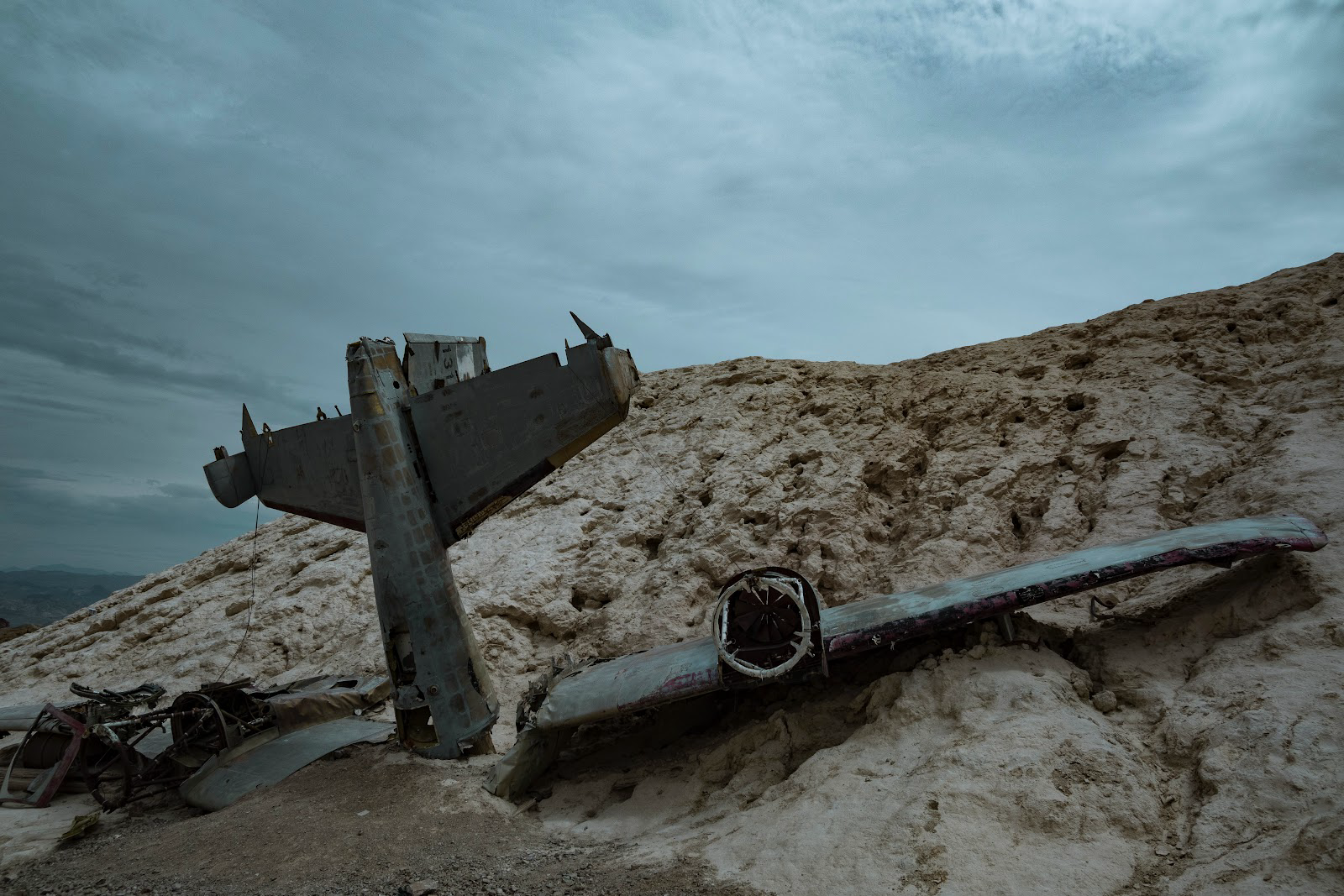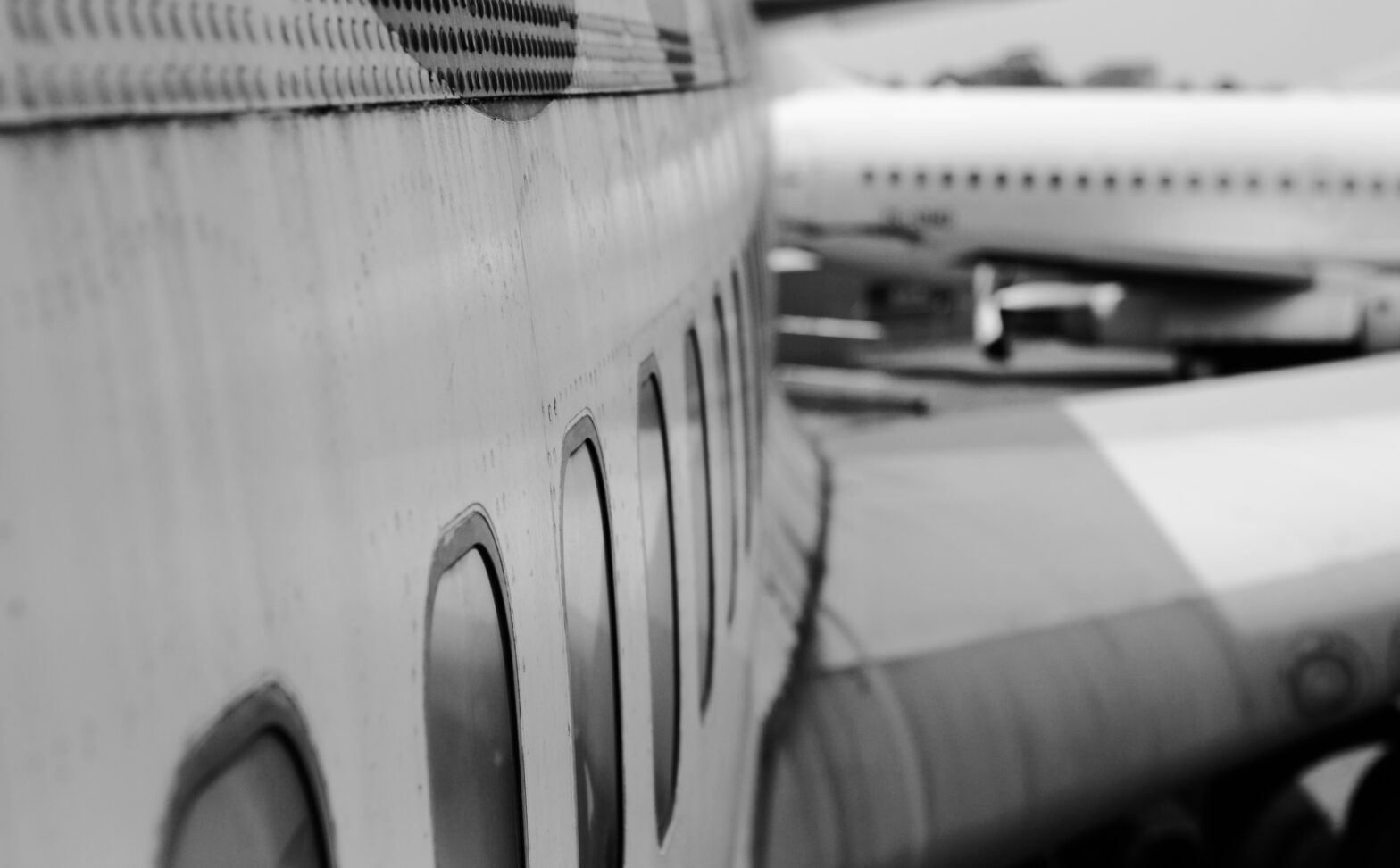The airplane boneyard (or graveyard) is a place that many people do not get to see. In a way, it is where planes that have operated for years go to retire. Though the demand for flights has substantially increased in recent years, the first boneyards were established after the Second World War. After the war, the military found themselves in a precarious situation. They were left with large aircraft surpluses and had no immediate solution for their use. Since then, boneyards have served as a way for both commercial airline and private plane owners to store and retire airplanes (some of which may have caused problems). Here’s what we know about boneyards and how they operate.
What Sends Planes to the Boneyard?

Aircrafts that go to the boneyard are retired. The storage areas are filled with planes that may be held for maintenance. This is not usually the reason for planes to go to the boneyard, but on occasion, planes are sent there simply as a holding space. Other times, planes are placed in a boneyard so they can be used again. In those situations, a plane is placed in a boneyard and then scrapped and reused for parts. The profits from retired airplanes go to acquiring new planes.
Where Is the Airplane Boneyard?

There are many large boneyards in the United States. There are seven major boneyards that are located in a few different locations across the country. Because the boneyard must be located in drier conditions and have plenty of space, most boneyards are in slightly remote locations. Most boneyards are located in Arizona, California or New Mexico. Arizona has boneyards in Tuscon, Phoenix, Kingman and Marana.
Can You Visit Boneyards?

Technically, all boneyards and plane storage facilities are not open to the public. This means that the areas that the airplanes are parked at are not easily accessible. Boneyards do not usually conduct tours or allow visitors. If travelers want to visit a boneyard they can reach out to individual sites, in case there are differing access policies. Tourists should always abide by facility policies, since the long runways and advanced technology can be dangerous for the general public.
